the
modern
tagine
cookbook
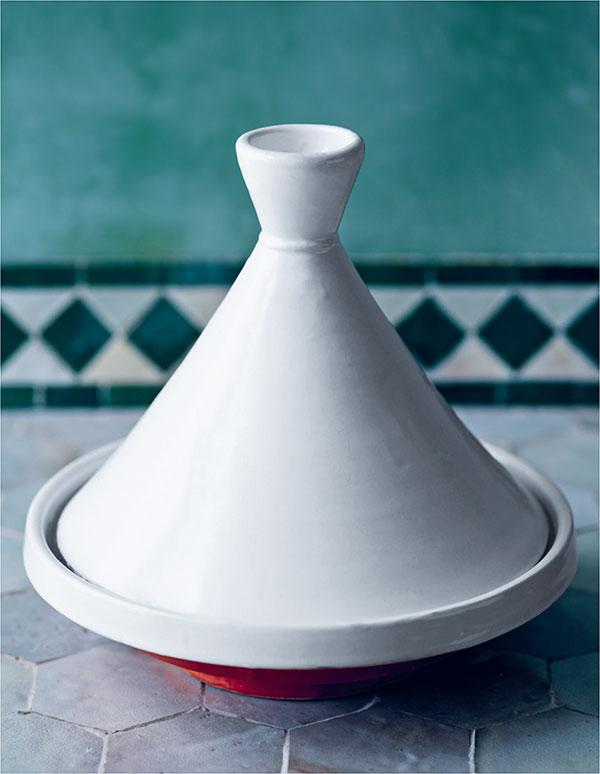
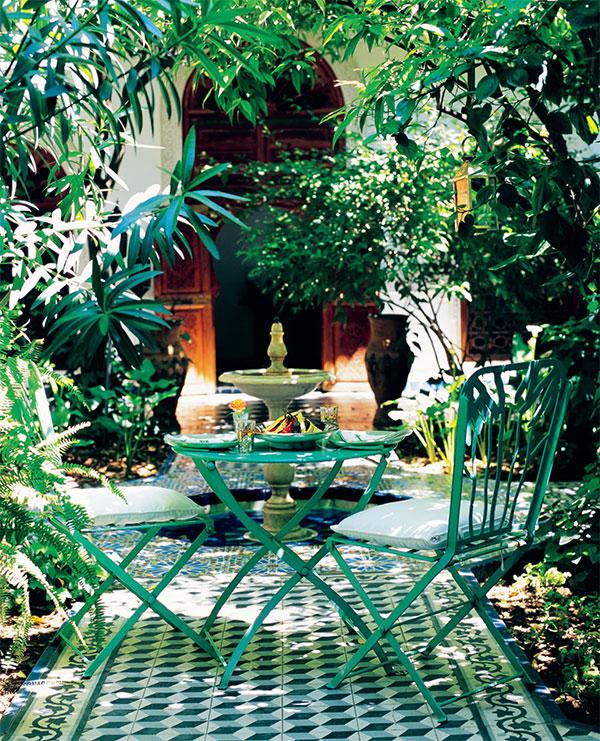
the
modern
tagine
cookbook Delicious recipes for Moroccan one-pot meals Ghillie Baan
 Designer
Designer Paul Stradling
Production David Hearn
Art Director Leslie Harrington
Editorial Director Julia Charles
Publisher Cindy Richards
Indexer Hilary Bird First published in 2019 by Ryland Peters & Small 2021 Jockeys Fields London WC1R 4BW and 341 E 116th St New York NY 10029 www.rylandpeters.com 10 9 8 7 6 5 4 3 2 1 Recipe collection compiled by Julia Charles Text copyright Ghillie Basan 2019 The recipes in this book have been previously published in
Flavours of Morocco,
Tagine,
Tagines and Couscous and
Vegetarian Tagines and Couscous. Design and photographs copyright Ryland Peters & Small 2019 (see page 144 for a full list of picture credits) ISBN: 978-1-78879-143-4 E-ISBN: 978-1-78879-320-9 Printed in China The authors moral rights have been asserted. All rights reserved. No part of this publication may be reproduced, stored in a retrieval system or transmitted in any form or by any means, electronic, mechanical, photocopying or otherwise, without the prior permission of the publisher. A CIP record for this book is available from the British Library. US Library of Congress Cataloging-in-Publication Data has been applied for.
Notes Both British (Metric) and American (Imperial plus US cups) measurements are included in these recipes for your convenience; however it is important to work with only one set of measurements and not alternate between the two within a recipe. All spoon measurements are level unless otherwise specified. All eggs are medium (UK) or large (US), unless specified as large, in which case US extra-large should be used. Uncooked or partially cooked eggs should not be served to the very old, frail, young children, pregnant women or those with compromised immune systems. Ovens should be preheated to the specified temperatures. We recommend using an oven thermometer.
If using a fan-assisted oven, adjust temperatures according to the manufacturers instructions. When a recipe calls for the grated zest of citrus fruit, buy unwaxed fruit and wash well before using. If you can only find treated fruit, scrub well in warm soapy water before using. To sterilize preserving jars, wash them in hot, soapy water and rinse in boiling water. Place in a large saucepan and cover with hot water. With the saucepan lid on, bring the water to a boil and continue boiling for 15 minutes.
Turn off the heat and leave the jars in the hot water until just before they are to be filled. Invert the jars onto a clean dish towel to dry. Sterilize the lids for 5 minutes, by boiling or according to the manufacturers instructions. Jars should be filled and sealed while they are still hot. Contents Introduction Basic Recipes MEAT & POULTRY FISH & SHELLFISH BEANS & PULSES VEGETABLES FRUITS & NUTS COUSCOUS & SALADS Index Picture credits 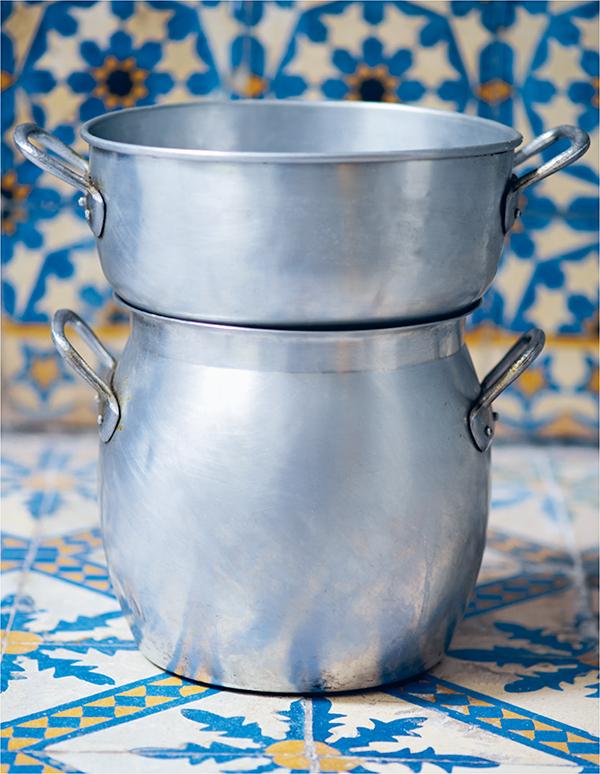
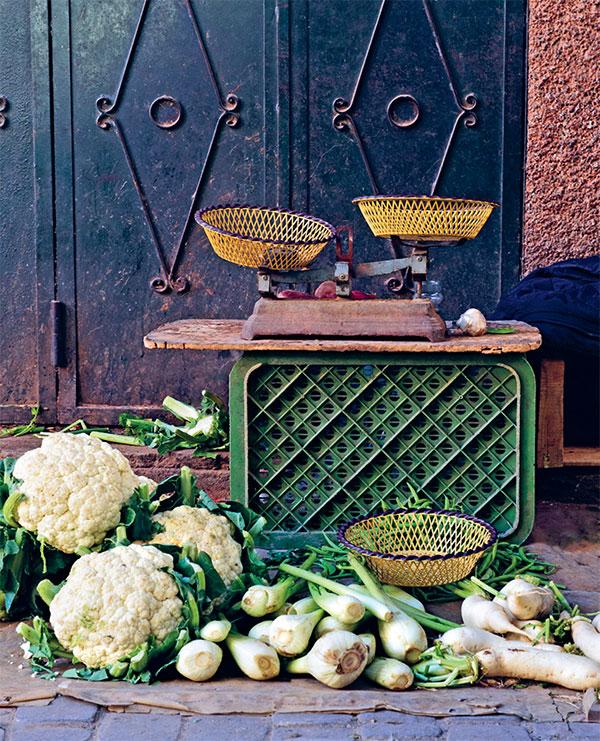 Introduction A tagine is an attractive and practical earthenware pot as well as the name of an aromatic casserole dish. Rooted in the traditional Berber communities of Morocco, tagine cooking lends itself well to modern eating.
Introduction A tagine is an attractive and practical earthenware pot as well as the name of an aromatic casserole dish. Rooted in the traditional Berber communities of Morocco, tagine cooking lends itself well to modern eating.
You can be bold and inventive and, as the ingredients cook gently in the steam that builds up inside the conical lid, ensured of succulent results. There is a little magic to a tagine, too, as you lift off the lid and release the aroma of herbs and spices, honey and fruit, and perhaps a hint of citrus, it is a feast for the senses. Moroccan cooking is regarded as the most exquisite and refined of the Maghreb, the North African region comprising Morocco, Tunisia and Algeria. Known as the land where the sun sets, the Maghreb provides a stunning geographical and culinary door to the rest of Africa, as well as a lively mix of the European and Middle Eastern influences that have shaped its culinary history. A traditional Moroccan tagine can reflect the fascinating mix of cultures that have left their mark on the cuisine: the indigenous Berbers who created the tagine cooking style; the nomadic Bedouins from the desert who brought dates and grains; the Moors expelled from Spain who relied heavily on olives and olive oil and brought with them the Andalucian flavours of paprika and herbs; the Sephardic Jews with their preserving techniques employing salt; the Arabs and Ottomans who introduced the sophisticated cuisine from the Middle East; and the culinary finesse and wine-making of the French. Traditionally a tagine would be served as a course on its own with chunks of bread to mop up the delicious buttery, syrupy and spicy sauce, but in many modern homes it is served with couscous.
On festive occasions, the classic way of serving a tagine and couscous together is to pile a huge mound of the grains in the shape of a high pyramid and to hollow out the peak to form a dip into which the tagine can be spooned. Couscous is Moroccos national dish and is of fundamental value to Moroccan culture for dietary, religious and symbolic reasons. Light and easy to digest, couscous is simple to prepare and can add to your enjoyment of a modern tagine. 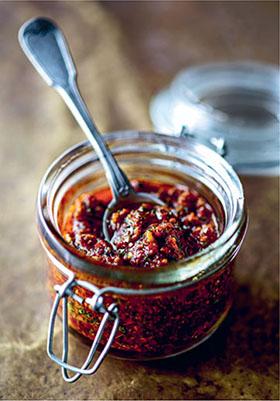 This rich, fiery paste is wonderful stuff and is essential to every kitchen in the Maghreb. It is worth making a small batch of your own (a little goes a long way!) to keep handy in the refrigerator as it is a very versatile ingredient. It can be added to many tagines and couscous dishes; it can be served as a condiment to accompany just about anything; it can be stirred into sauces and marinades; and it can be transformed into a dip for warm crusty bread by combining it with oil or yogurt.
This rich, fiery paste is wonderful stuff and is essential to every kitchen in the Maghreb. It is worth making a small batch of your own (a little goes a long way!) to keep handy in the refrigerator as it is a very versatile ingredient. It can be added to many tagines and couscous dishes; it can be served as a condiment to accompany just about anything; it can be stirred into sauces and marinades; and it can be transformed into a dip for warm crusty bread by combining it with oil or yogurt.
Prepared by pounding spices and fresh coriander/cilantro with dried red chillies/chiles that have been soaked in water, or chillies/chiles that have been roasted in oil, harissa imparts a distinct taste to many Moroccan dishes. Jars of ready-prepared harissa are available in North African and Middle Eastern stores, as well as in some larger supermarkets and delicatessens, or you can make your own version based on this recipe. Try varying it with fennel or caraway seeds, fresh or dried mint, ground black pepper and roasted chillies/chiles instead of dried. 12 dried red chillies/chiles (Horn or New Mexico), deseeded 1 teaspoon cumin seeds 2 teaspoons coriander seeds 1 teaspoon sea salt 34 garlic cloves, roughly chopped a small bunch of fresh coriander/cilantro, finely chopped 4 tablespoons olive oil a small sterilized jar (see page 4) MAKES 1 SMALL JAR Put the chillies/chiles in a bowl and pour over enough warm water to cover them. Leave them to soak for 23 hours, then drain and squeeze out any excess water. Using a mortar and pestle, pound the cumin and coriander seeds to a coarse paste with the salt.
Add the garlic and pound until creamy, then add the chillies and pound to a thick paste. Stir in the fresh coriander/ cilantro and bind with most of the olive oil. Transfer the paste to a small sterilized jar and pour in the remaining oil so that there is a thin layer floating on top. It will keep well in the refrigerator for up to 1 month. 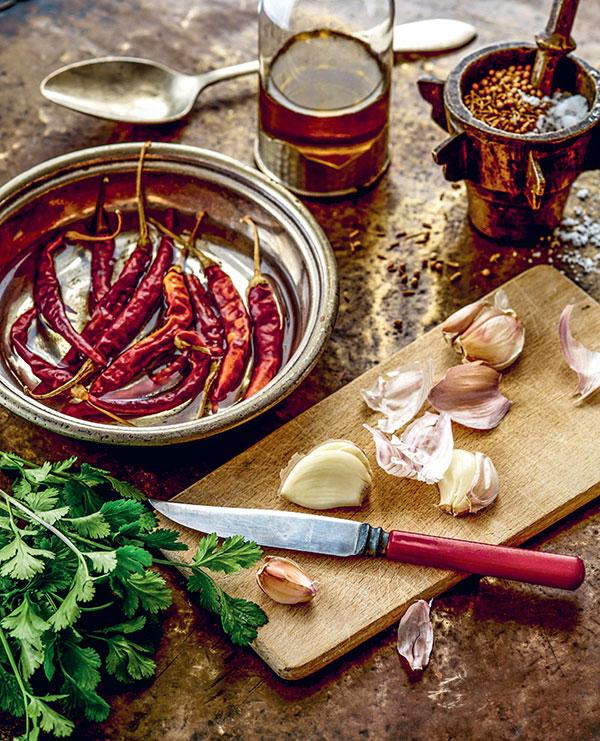

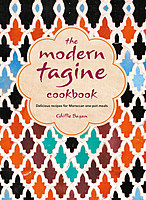
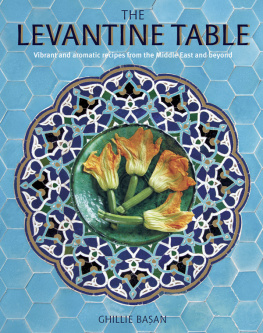

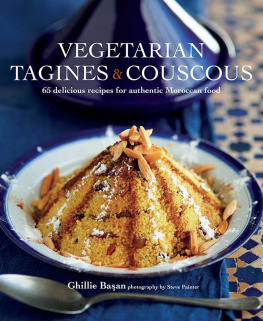
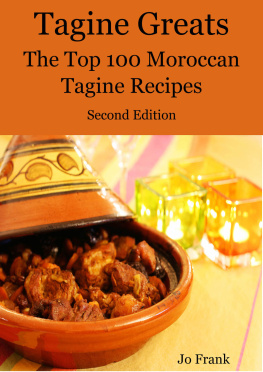
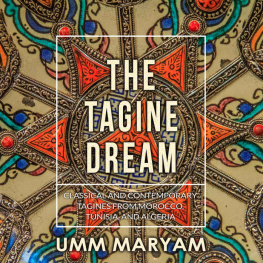
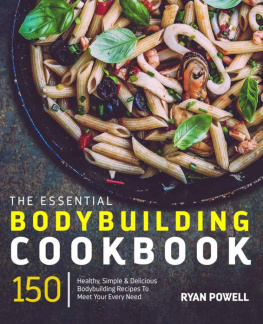

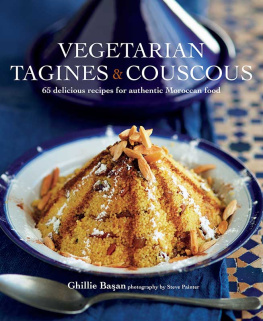
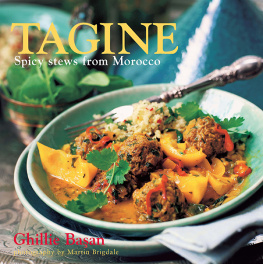

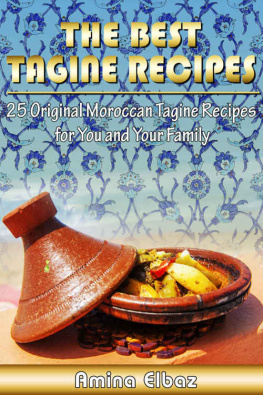
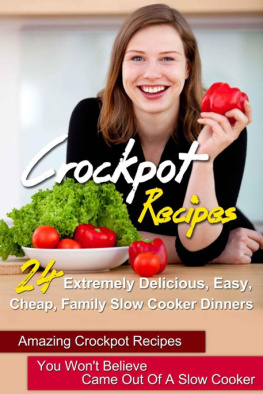


 the
the Designer Paul Stradling Production David Hearn Art Director Leslie Harrington Editorial Director Julia Charles Publisher Cindy Richards Indexer Hilary Bird First published in 2019 by Ryland Peters & Small 2021 Jockeys Fields London WC1R 4BW and 341 E 116th St New York NY 10029 www.rylandpeters.com 10 9 8 7 6 5 4 3 2 1 Recipe collection compiled by Julia Charles Text copyright Ghillie Basan 2019 The recipes in this book have been previously published in Flavours of Morocco, Tagine, Tagines and Couscous and Vegetarian Tagines and Couscous. Design and photographs copyright Ryland Peters & Small 2019 (see page 144 for a full list of picture credits) ISBN: 978-1-78879-143-4 E-ISBN: 978-1-78879-320-9 Printed in China The authors moral rights have been asserted. All rights reserved. No part of this publication may be reproduced, stored in a retrieval system or transmitted in any form or by any means, electronic, mechanical, photocopying or otherwise, without the prior permission of the publisher. A CIP record for this book is available from the British Library. US Library of Congress Cataloging-in-Publication Data has been applied for.
Designer Paul Stradling Production David Hearn Art Director Leslie Harrington Editorial Director Julia Charles Publisher Cindy Richards Indexer Hilary Bird First published in 2019 by Ryland Peters & Small 2021 Jockeys Fields London WC1R 4BW and 341 E 116th St New York NY 10029 www.rylandpeters.com 10 9 8 7 6 5 4 3 2 1 Recipe collection compiled by Julia Charles Text copyright Ghillie Basan 2019 The recipes in this book have been previously published in Flavours of Morocco, Tagine, Tagines and Couscous and Vegetarian Tagines and Couscous. Design and photographs copyright Ryland Peters & Small 2019 (see page 144 for a full list of picture credits) ISBN: 978-1-78879-143-4 E-ISBN: 978-1-78879-320-9 Printed in China The authors moral rights have been asserted. All rights reserved. No part of this publication may be reproduced, stored in a retrieval system or transmitted in any form or by any means, electronic, mechanical, photocopying or otherwise, without the prior permission of the publisher. A CIP record for this book is available from the British Library. US Library of Congress Cataloging-in-Publication Data has been applied for. 
 Introduction A tagine is an attractive and practical earthenware pot as well as the name of an aromatic casserole dish. Rooted in the traditional Berber communities of Morocco, tagine cooking lends itself well to modern eating.
Introduction A tagine is an attractive and practical earthenware pot as well as the name of an aromatic casserole dish. Rooted in the traditional Berber communities of Morocco, tagine cooking lends itself well to modern eating. This rich, fiery paste is wonderful stuff and is essential to every kitchen in the Maghreb. It is worth making a small batch of your own (a little goes a long way!) to keep handy in the refrigerator as it is a very versatile ingredient. It can be added to many tagines and couscous dishes; it can be served as a condiment to accompany just about anything; it can be stirred into sauces and marinades; and it can be transformed into a dip for warm crusty bread by combining it with oil or yogurt.
This rich, fiery paste is wonderful stuff and is essential to every kitchen in the Maghreb. It is worth making a small batch of your own (a little goes a long way!) to keep handy in the refrigerator as it is a very versatile ingredient. It can be added to many tagines and couscous dishes; it can be served as a condiment to accompany just about anything; it can be stirred into sauces and marinades; and it can be transformed into a dip for warm crusty bread by combining it with oil or yogurt.